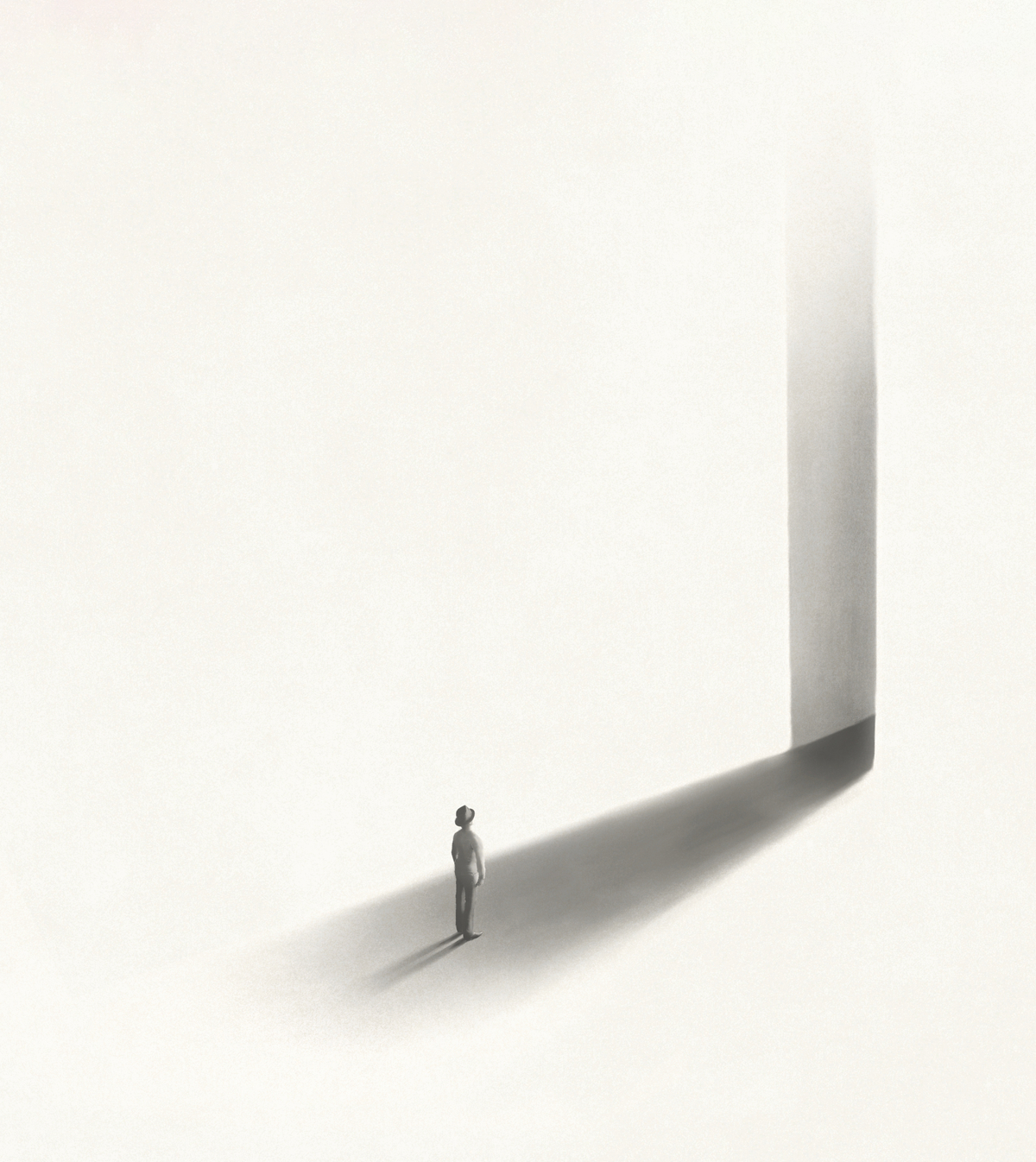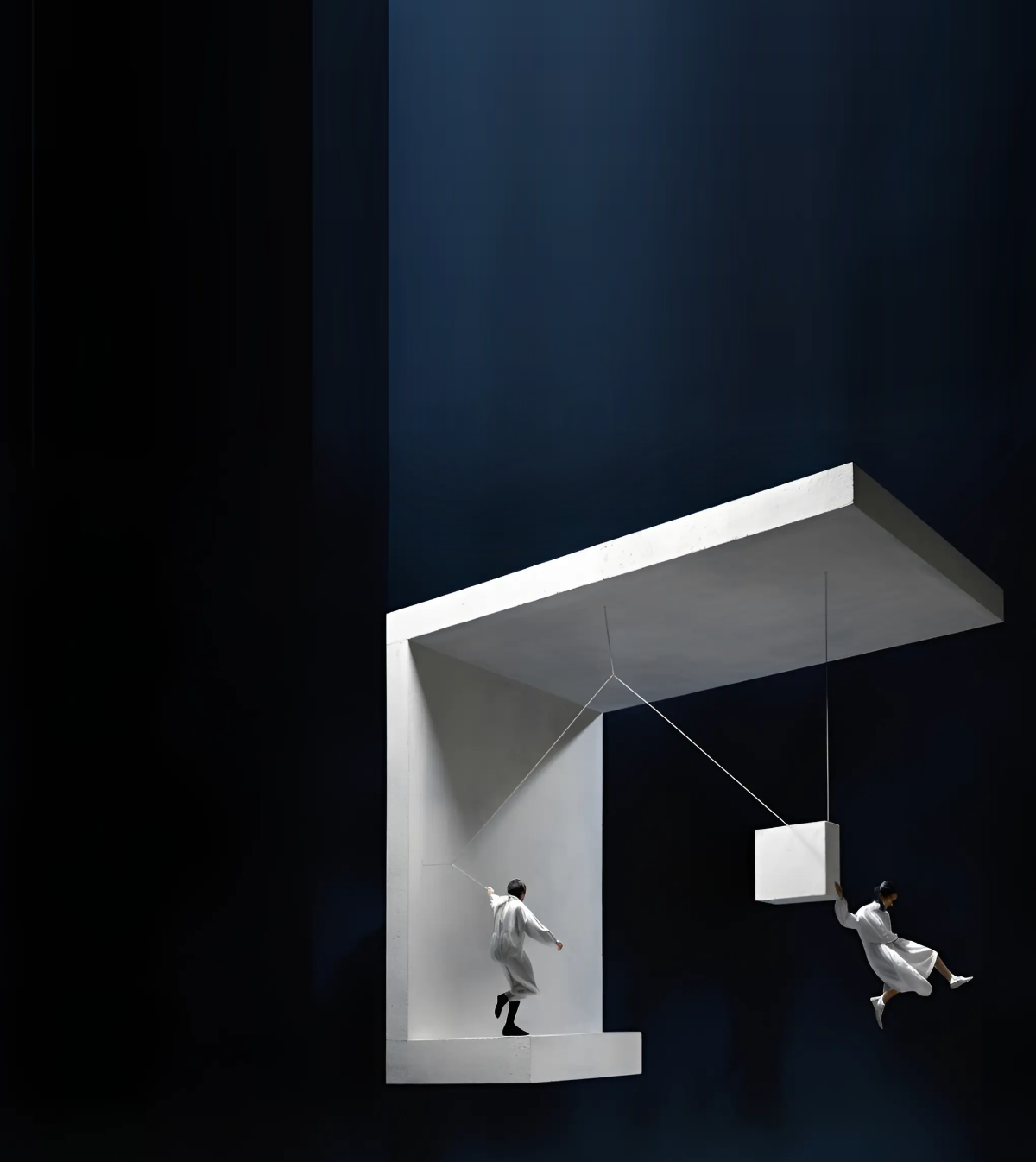We’d like to take the opportunity to introduce you to the 3rd Prize winners of our “Sleeping Pods On A Cliff” competition – Harsha Rajashekar and Christofer Cattell from Australia!

Christofer Cattell and Harsha Rajashekar from Australia
Harsha: I was born in Sydney, Australia where I completed my undergraduate degree in Architecture and my Master of Architecture at the University of Technology, Sydney (UTS). During my completion of the master's degree, I worked as a casual academic staff member at UTS within the architecture and interior design faculties and as a part- time architectural photographer for my business Hash.Stuff. Shortly after graduating from UTS, I began working at Billard Leece Partnership – an architecture firm in Sydney focusing on education and healthcare design.
Christofer: I grew up moving between Australia and Switzerland. In Sydney, I pursued an undergraduate and Master of Architecture degree at the University of Technology, Sydney (UTS), during which time I completed an internship with Supermanoeuvre and worked as a casual academic staff member within the architecture faculty. Since graduating, I’ve worked in architectural practices such as Grimshaw Architects and H&E, becoming involved in a number of commercial towers, multi-use residential, and education projects. We are collaborators who have been working professionally since 2017. Our friendship and collaboration emerged out of working together during academia at the University of Technology, Sydney. We both work at different medium to large scale architecture practices based in Sydney while working on private commissions and competitions with our collaborative title: HA + CH
Brief information about the projects that you/your company have been involved with. For instance, what scale have you focused on/preferred, any significant projects where the company/ individuals have been involved?
We have both worked on larger macro-scale master planning projects, commercial towers, and detailed, bespoke residential/education projects, as well as public health projects in our professional careers. We have worked on smaller scale, micro-projects in our academic careers and explored materiality and its conventions, industrial and furniture design, and sustainable building practices. Moving forward, our preference is to combine the knowledge learned from our professional experience in regard to technical execution and delivery with the design ideals and scale we acquired during university.
What does architecture mean to you and what is the role of an architect in your society?
Architecture as an outcome has a real weight and presence to it. We both chose this profession because the ability to shape and enrich this outcome in a way that is meaningful is super exciting. We get to invent experience, be experimenters of space, and create things that are solid, considerate, and beautiful. The architectural process addresses serious problems with an often-serious solution. The architect’s role is not to have all the answers but to be active custodians of the built environment – to use all the information we have at hand with a responsibility to make the best design decisions possible for a sustainable future. As designers, we advocate for playfulness. A design more nuanced, centered around designing unconventional relationships between people and objects that questions why we use space the way we do.
Why do you participate in architecture competitions?
We do competitions for a few reasons. Firstly, to expand our exposure to the built environment past our local context. International competitions especially allow us to test the local knowledge we have developed over the last 10 years and validate our ideas against external briefs. Secondly, doing competitions feels liberating. We are given the empowerment and platform to test out even the most eccentric ideas in an effort to obtain a design solution. The unhindered nature of the process also compliments our playful design philosophy.
What advice would you give to individuals who struggle to decide whether it would be beneficial for them to participate in architecture competitions?
Design is about exploration. It’s so easy to stay within your own bubble. Competitions are a nice way of mitigating design complacency. We think that your identity as designers and your process, whatever stage you are in your career, can only benefit from a diverse collection of projects for your portfolio. Competitions are good because they help achieve this while exposing you to a community of people who are working on the same design problem as you with an array of different solutions.
Top 3 Reasons Why You Should Enter Architecture Competitions
Curious about the value of architecture competitions? Discover the transformative power they can have on your career - from igniting creativity and turning designs into reality, to gaining international recognition.
Learn more




















